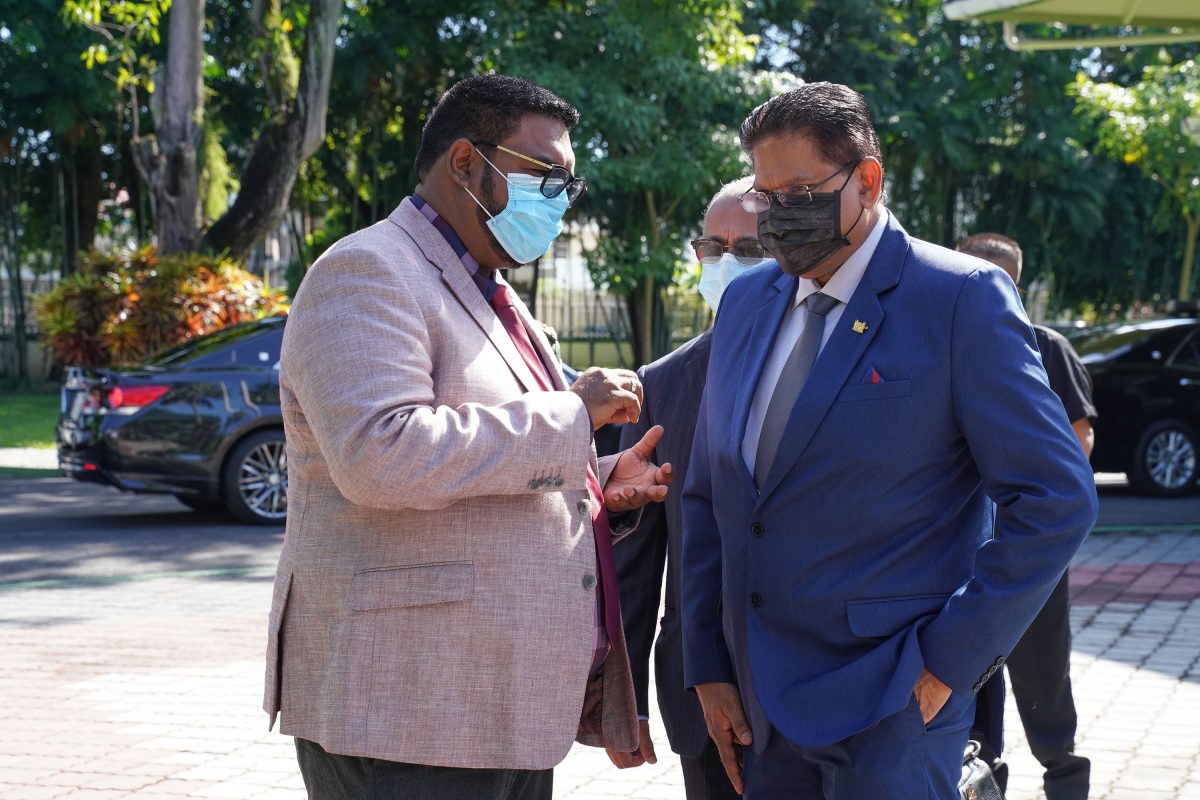The energy news site oilprice.com is projecting that Guyana will be pumping more than one million barrels of oil daily by 2027 and that the returns therefrom will deliver “a tremendous economic windfall for one of South America’s most impoverished nations.” The report also predicts that neighbouring Suriname, with which Guyana shares the oil-rich Guyana/Suriname basin, promises to prosper similarly.
Lying contiguous to each other in the basin are the 1.8 million-acre offshore Suriname Block 58 which is being operated in a partnership between the French super major TotalEnergies SE and the US Apache Corporation, and the already prolific ExxonMobil-operated Stabroek Block, the two of which have become the centrepiece of international discourse on oil & gas prospects for South America, going forward.
Oilprice.com is also projecting that the combined Guyana/Suriname oil boom is gaining what it describes as “a wartime boost” from Russia’s invasion of Ukraine that could boost the fortunes of the two South American countries beyond what had originally been anticipated. It links the predicted enhanced fortunes of the two countries to US President Joe Biden’s decision to ban Russian energy imports into the US.
Both countries have, this past two years particularly, attracted the attention of international energy analysts with their upbeat predictions for the fortunes of the Guyana/Suriname basin.
Earlier, a US geological survey had estimated that the entire basin could hold oil resources totalling around 15 billion barrels. It was the COVID-19 pandemic, the report said, that had pushed back a plan by the US government to undertake a reassessment of the petroleum resources in the Guyana/Suriname basin in 2020.
With the international business community confidently predicting that the shared oil resources of Guyana and Suriname are positioned to be a game-changer for “two of South America’s poorest countries.” It is Guyana, with its successive oil finds and the commencement of oil & gas recovery in 2015 that would appear to have gotten out of the blocks first.
The commencement of oil and gas production in Guyana has coincided with a slew of overseas investor interest and a deliberate move by the country’s political administration to ‘sell’ the country as ‘open for business.’
Since then, Guyana has become one of the favoured ‘jump off’ points for potential investors interested in making deals in various areas of business.
For its part, Suriname, still awaiting its first major recovery, has recently passed a tricky International Monetary Fund (IMF) test.
Guyana, meanwhile, has embarked on a deliberate high-profile initiative at government-to-government level to add a fence-mending dimension to what has long been a rocky relationship with Suriname arising to competing claims to the (Corentyne) river that separates the two countries.
With analysts projecting that Guyana could be pumping more than one million barrels of crude by 2027, it is little wonder that international financial institutions are queuing up to ‘bet their shirts’ that even against the backdrop of the economic dislocations of the COVID-19 pandemic, the Guyana economy is on track to realise double digit economic growth this year.






